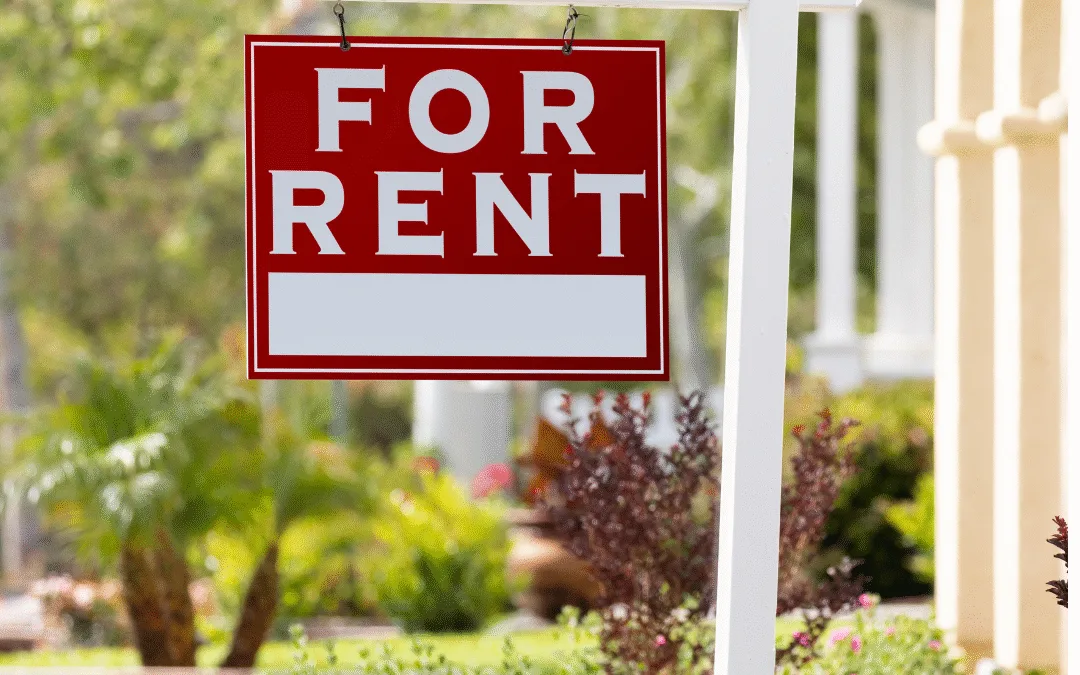Introduction
Costa Rica attracts thousands of foreign investors every year, drawn by its tropical climate, political stability, friendly population, and above all, its exceptional real estate opportunities. In fact, purchasing property in this Central American paradise is no longer just about retiring or buying a second home. Increasingly, it is becoming a genuine financial strategy to generate sustainable and secure passive income.
In a world where financial freedom is becoming a central goal, overseas rental investments are gaining popularity. Costa Rica, with its advantageous tax system, dynamic real estate market, and growing tourist demand, stands out as a prime destination for those looking to diversify their income streams. Whether it’s a beachfront apartment, a hillside villa, or a nature-surrounded bungalow, there are many varied options to maximize profitability.
However, generating passive income from a property in Costa Rica is not something to improvise. It requires a strategic approach, in-depth knowledge of the local market, suitable management (often remote), and above all, an informed choice of rental type, management style, and available optimization tools. That’s why this article offers a full immersion into the best practices for turning a Costa Rican real estate investment into a true passive cash flow machine.
Through concrete examples, updated data, and expert advice, we guide you step by step into the exciting world of rental property investment in Costa Rica. Whether you’re a first-time buyer or a seasoned investor, you’ll discover powerful ways to grow your wealth in this small country with great potential.
1. Choosing the Right Property for Passive Rental Income
One of the key factors for success in generating passive income in Costa Rica is choosing the right type of property. Every geographical area, property type, and architectural style can significantly affect rental profitability.
First, you must decide between long-term rental and short-term (vacation) rental. Holiday rentals, especially along the Pacific and Caribbean coasts (Tamarindo, Jacó, Puerto Viejo), offer gross returns ranging from 8% to 12% per year, according to the Costa Rica Global Association of Realtors (CRGAR). On the other hand, long-term rentals, particularly in urban areas like San José, Heredia, or Escazú, provide more stability, with lower management costs and fewer vacancies.
Next, the type of property is crucial:
Seaside villas with pools attract wealthy clients willing to pay high rents for short stays.
Studios or apartments in secure complexes are ideal for digital nomads or young expats looking for long-term rentals.
Eco-lodges in more remote areas appeal to nature lovers and can benefit from the “sustainable tourism” label, highly sought after in 2025.
Take the case of Isabelle and Marc, a French couple who invested $180,000 USD in a duplex in Santa Teresa. By choosing to rent it out on Airbnb, they earned $28,500 USD in gross income in 2024, with a 73% occupancy rate, according to AirDNA.
“High-potential rental properties combine accessibility, visual appeal, and local authenticity. Guests are looking for an experience, not just accommodation.”
In short, choosing the right property must be based on a local market study, a clear positioning strategy, and a realistic view of net profitability (after fees, taxes, and management).
2. Optimizing Remote Property Management
Investing abroad often means managing from a distance. For property owners who want to generate passive income without handling the daily logistics, efficient delegation is essential. Fortunately, Costa Rica has many specialized property management agencies.
These agencies typically offer:
Booking management (Airbnb, Booking.com, Vrbo)
Guest check-in and check-out
Cleaning, maintenance, and minor repairs
24/7 guest assistance
Monthly accounting and reporting
Service fees range between 15% and 30% of rental income, depending on the package. While this may seem high, it’s a reasonable price to maintain the passive nature of the investment and avoid unexpected issues. In 2024, nearly 70% of foreign property owners in Costa Rica used these services, according to the Costa Rica Real Estate Investment Board.
Thomas, a Belgian investor with two apartments in Tamarindo, is a perfect example. Thanks to a local agency managing his properties, he hasn’t returned since his purchase in 2022, yet still achieved a net return of 9.2% in 2023.
Technology also makes this easier. Tools like Hostfully, Guesty, or PriceLabs allow owners to automate pricing, guest communication, and performance analysis.
“The digitalization of Costa Rica’s rental market now allows any investor to manage their income straight from their smartphone.”
Another tip: draft detailed contracts with the agency, including performance clauses and cost control. An annual audit of the management is also recommended to ensure profitability and guest satisfaction.
3. Taxation and Legal Framework for Rentals in Costa Rica
Before diving in, it’s essential to understand the tax and legal implications of investing in rental property in Costa Rica. Unlike some countries, Costa Rica offers a relatively transparent and investor-friendly environment.
First, there are no restrictions for non-residents to purchase property. In fact, it is often recommended to create a local limited liability company (SRL) for tax and inheritance purposes.
In terms of taxation, rental income is subject to a progressive tax rate of 10% to 25%, based on the net annual income. However, there are many possible deductions: management fees, maintenance, depreciation, loan interest, etc.
Owners must declare their income to the Dirección General de Tributación (the local tax authority) and pay an annual property tax of 0.25% of the cadastral value. This remains very competitive compared to global averages.
It’s also advisable to take out rental home insurance, covering both property damage and liability. The average annual cost is around $400 to $600 USD.
At this stage, professional guidance becomes crucial. Many agencies like Crespo Agency, specializing in international rental investment, offer tailor-made support from company creation to tax setup.
“Well-advised investors avoid 90% of common mistakes. The legal framework in Costa Rica is clear but must be followed strictly.”
Consider a Canadian investor who failed to declare rental income in 2023. He was fined 25% of his gross income—an avoidable mistake with the right legal setup from the beginning.
4. Maximizing Profit Through Vacation Rentals
Tourism in Costa Rica is a powerful driver of passive income. In 2024, the country welcomed over 2.5 million tourists—a 13% increase from 2022, according to the Costa Rican Tourism Institute (ICT). This steady flow of visitors creates strong demand for short-term rentals.
Vacation rentals, especially through Airbnb, are extremely popular. In San Juanillo, Montezuma, Manuel Antonio, and La Fortuna, well-located properties can reach occupancy rates above 80% during the high season (December to April).
Here’s an example: Linda, a retired American, turned a family home into a small complex of 3 cabins in Monteverde. With an average nightly rate of $95 USD and a 68% annual occupancy rate, she generated nearly $70,000 USD in revenue in 2024.
This type of rental, however, requires a solid marketing strategy:
Professional photography
SEO-optimized listings on platforms
Review management
Dynamic pricing (AI-assisted)
Travelers are also looking for authenticity and local experiences. Offering a traditional breakfast, partnering with local guides, or including wellness activities (yoga, massage, etc.) can make a big difference.
Eco-tourism, which is booming, attracts guests willing to pay more for environmentally friendly accommodations. Solar panels, waste management, and rainwater collection systems are highly appreciated features.
“The future of vacation rentals lies in differentiation. Offering a unique experience is the best way to secure recurring passive income.”
5. Diversifying Rental Income Sources
Finally, smart investors don’t rely on a single income stream. It’s wise to diversify your rental portfolio in Costa Rica to maximize earnings and reduce risk.
Some of the most effective strategies include:
Investing in multiple regions: one property by the beach for the high season, another in the city for year-round expats.
Alternating between short-term and long-term rentals depending on the season: short-term during peak tourist months, long-term in the off-season.
Professional subletting: partnering with a local tour operator who rents the whole property year-round and sublets to tourists.
Co-living and shared housing: increasingly popular among digital nomads. A 3-bedroom apartment in San José can be rented to three international freelancers for higher income than a traditional rental.
Take Alejandro, a Costa Rican entrepreneur who owns four properties: a villa in Dominical, an apartment in Escazú, a tiny house in Nosara, and a loft in San José. Thanks to this diversification, he secured over $90,000 USD in net income in 2024 while minimizing his vacancy risk.
Diversification also applies to currency: renting in U.S. dollars to tourists and in Costa Rican colóns to locals helps balance currency fluctuations.
Finally, fractional real estate investment platforms (like RealT or Bricks.co) are emerging in Costa Rica, allowing investors to buy shares of a property and share the risks and rewards.
“Diversification is the key to stable passive income—especially in a country as diverse as Costa Rica. It’s insurance against economic or seasonal surprises.”
Conclusion
Generating passive income through real estate in Costa Rica is a strategy as appealing as it is profitable—provided it’s approached methodically. From property selection to taxes, through rental management and diversification, each step requires careful analysis and execution.
Costa Rica offers a unique opportunity: a dynamic tourist market, a favorable tax environment, and a still-accessible real estate sector. For French or European investors seeking a profitable second home or high-performing tropical retreat, it’s the ideal location.
But success depends on your ability to anticipate, delegate, and optimize. Surround yourself with the right partners, rely on experienced professionals like Crespo Agency, and adopt a long-term vision. With the right strategies, this little piece of paradise can become a long-lasting source of financial freedom.
By following the advice in this article, you’re now equipped to turn a simple property purchase into a real source of passive income. Costa Rica is not just a dream destination—it’s a concrete opportunity to make your money work while you enjoy life.

